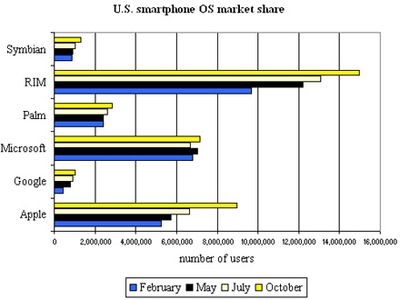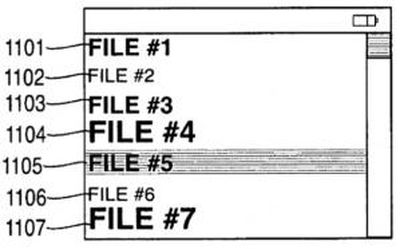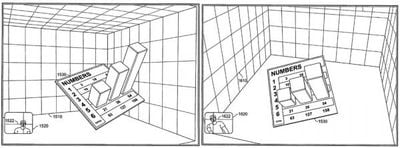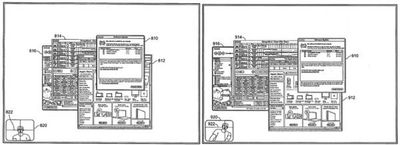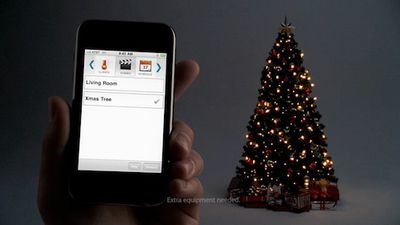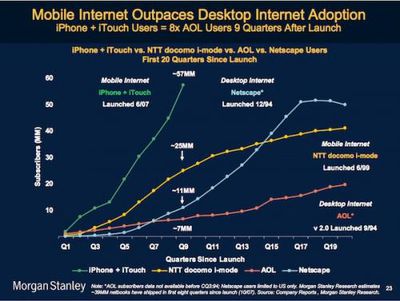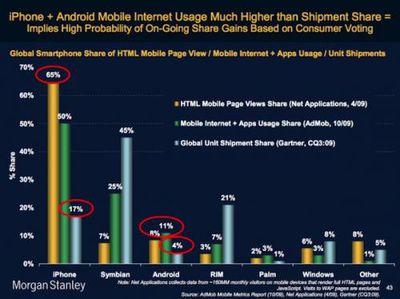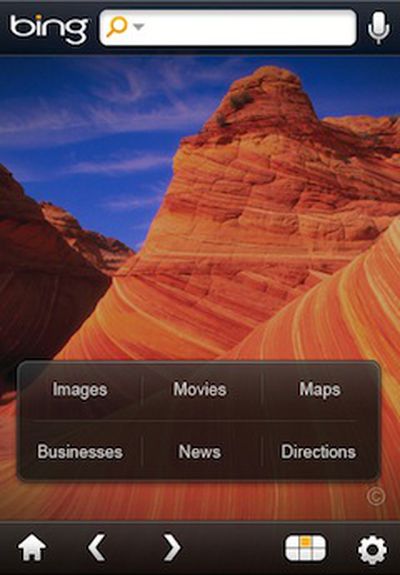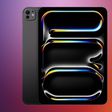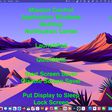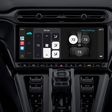AT&T Mobility CEO Ralph de la Vega, who received significant attention for his comments last week suggesting that the company is looking at tiered pricing for data plans to rein in high-use customers, appears to now be downplaying that suggestion, according to a Wall Street Journal report (subscription required).
A senior AT&T Inc. executive dismissed speculation that the telecommunications carrier is planning to change the way it prices data plans for its wireless customers, but said it will give customers incentives to limit their use of its wireless network for surfing the Internet or downloading mobile applications.
"We have not made any decision to implement tiered pricing," AT&T Mobility Chief Executive Ralph de la Vega said Wednesday, referring to plans that would charge based on how much data a customer uses rather than the unlimited plans that are popular today.
While de la Vega's statement certainly doesn't appear to take tiered pricing options off the table for the long-term, as the earlier report suggested such a move would be anyway, it does emphasize AT&T's current strategy of using "incentives" and other strategies for shifting traffic off of its network instead of changing the pricing structure of its wireless plans.
In particular, de la Vega reportedly cited the possibility of increasing free access to Wi-Fi hotspots for AT&T customers, helping to shift traffic off of the cellular network while also providing users with faster connections. He also pointed to AT&T's 3G MicroCell program, which customers can connect to their home networks to seamlessly shift wireless calls to the Internet. The 3G MicroCell is designed to provide greater signal strength indoors and offers users the choice of using their own cellular minutes for calls or purchasing an unlimited calling plan for wireless calls routed through the device.


